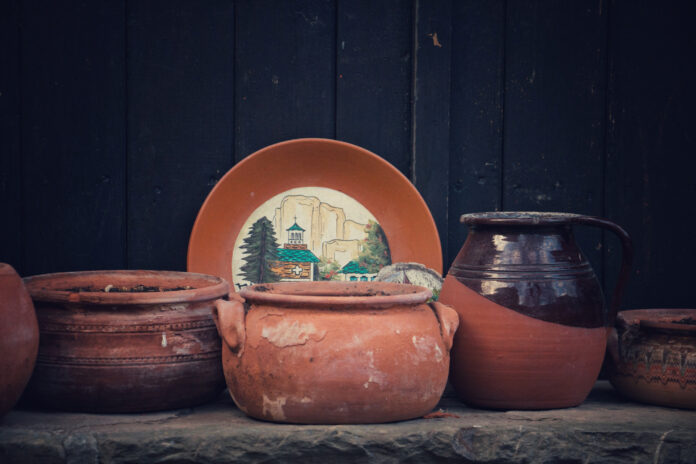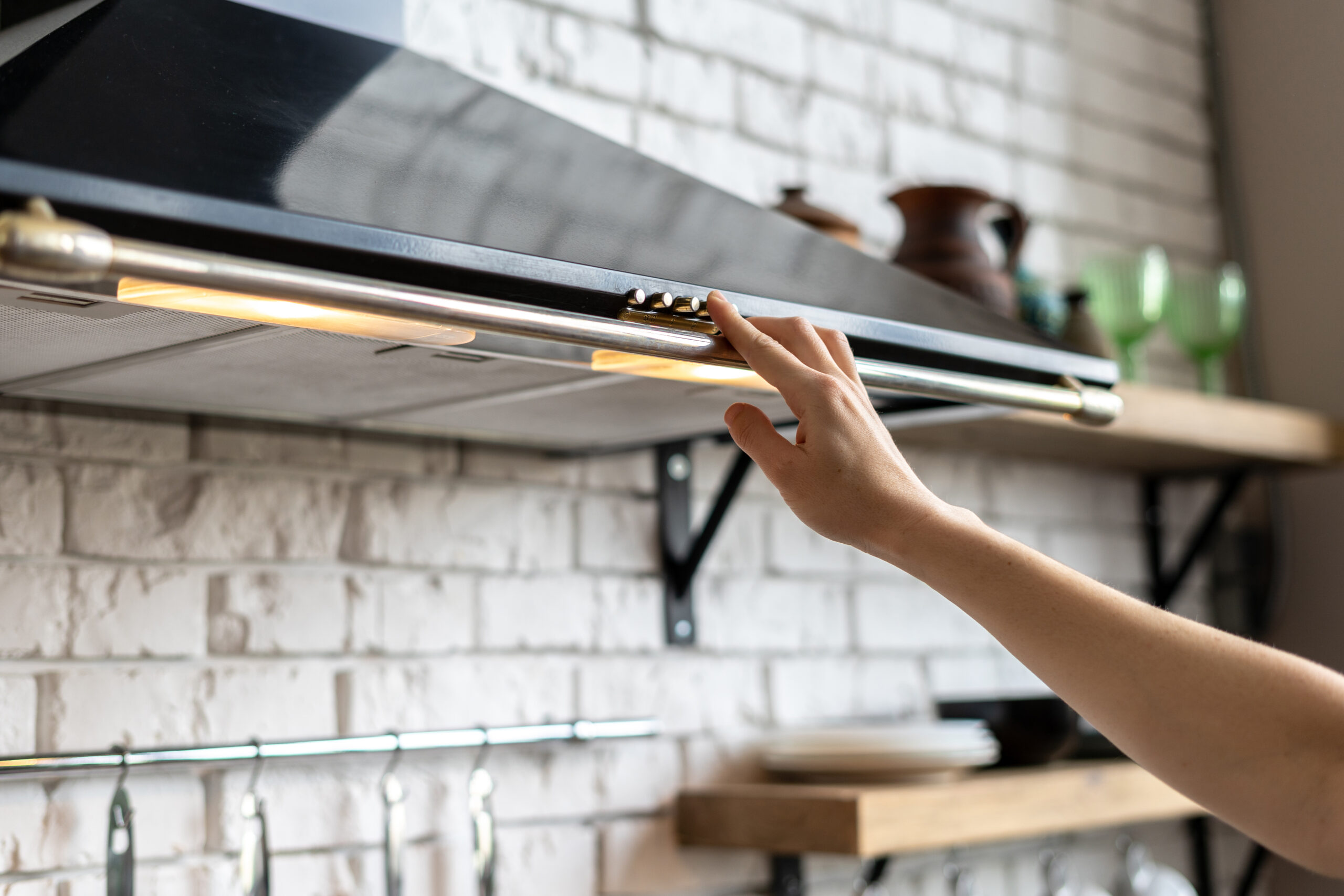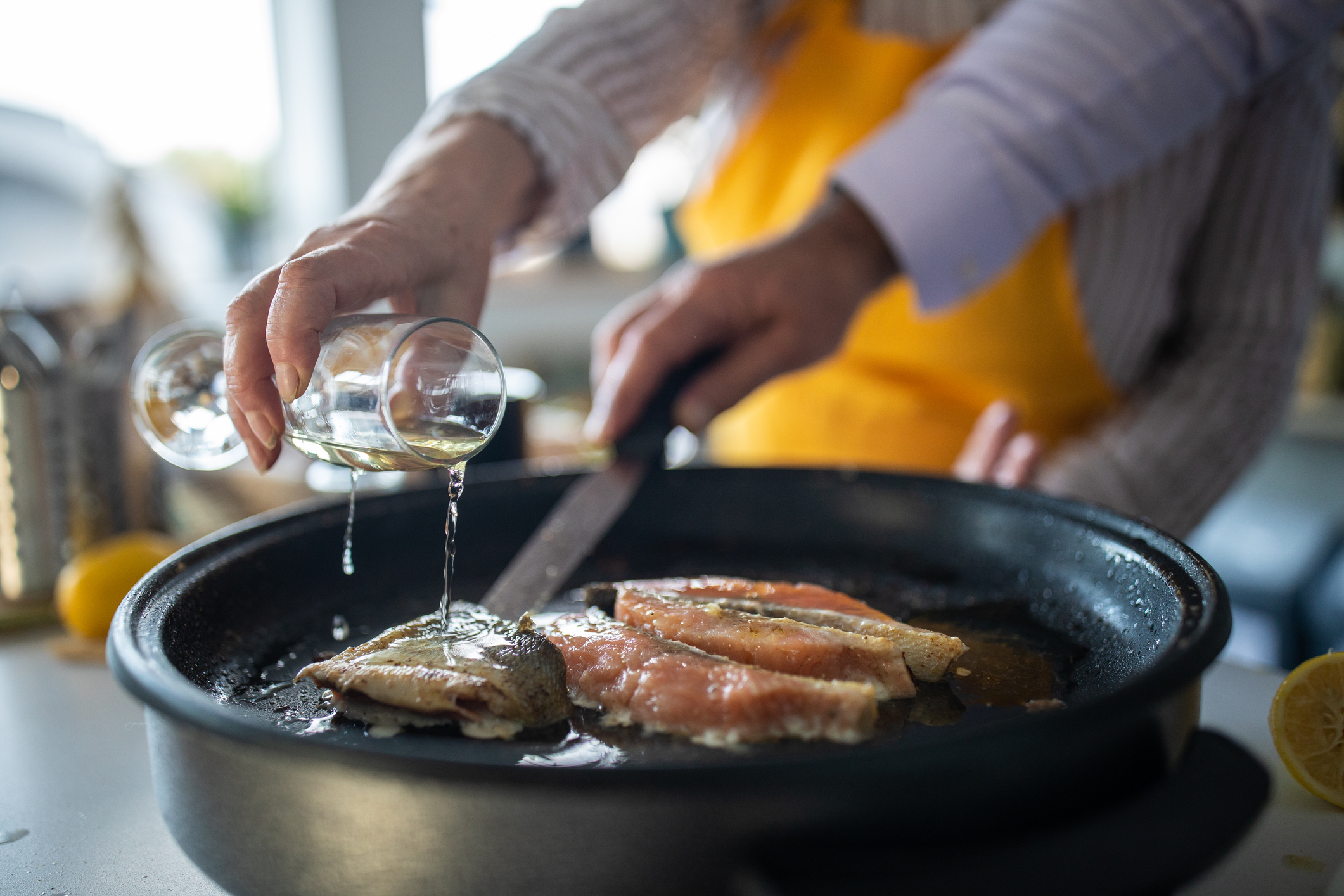Beware of using traditional glazed ceramics for cooking or storing foods or beverages unless you know for sure the pottery is lead free. Reports of lead poisoning have surfaced over the years, most recently in a family of five in New York City, who used ceramic ware purchased in Mexico for cooking, storing food, and making coffee.
As reported in the CDC’s Morbidity and Mortality Weekly Report in June, investigators at the NYC Department of Health found elevated blood lead levels in a three-year-old child and the child’s two older siblings and parents. Testing of the family’s ceramic ware revealed that the glazed interiors had lead levels high enough to potentially leach into the foods and beverages cooked or stored in the dishes. When the family stopped using the ceramics, their lead levels fell significantly over the next four to 16 months.
Lead, a naturally occurring toxic metal, can have irreversibly harmful effects in the brain, especially in developing fetuses and children. It can also cause long-term damage to the kidneys, liver, and bones and increase the risk of high blood pressure in adults.
According to the CDC’s report, “Traditional ceramic ware from around the world has been found to contain lead at levels thousands of times higher than regulatory limits in the United States.” Prior investigations by the NYC Department of Health have linked elevated blood lead levels to ceramics bought in Ecuador, Morocco, Turkey, Uzbekistan, Mexico, and the U.S.
The FDA and other experts advise the following to be safe:
- Test any questionable ceramics using a lead test kit sold in hardware stores and online. You can also have a lab do the testing, which may be more accurate than home kits.
- Check that the product doesn’t have a warning label, sometimes stamped on the bottom, that says “Not for Food Use,” “For Decorative Use Only,” or something similar.
- Don’t think that washing the dishes will remove lead—it won’t.
- Pay particular attention if the ceramic ware is handmade, antique, chipped or excessively worn; from a flea market or street vendor; or brightly colored (lead may have been used to augment the color).
- Be aware that even if ceramic ware from Mexico or other countries is labeled “lead free,” some may in fact still contain some lead. That may occur, for instance, if manufacturers have switched to non-lead glazes but continue to use old kilns that have lead residues in them. Or, if the ceramics were not “fired” properly or at a high enough temperature, the materials may not have fused enough to prevent lead from leaching out with use.
- When in doubt, don’t use ceramic ware for food purposes. American-made ceramics and those from reputable manufacturers are generally safest.





